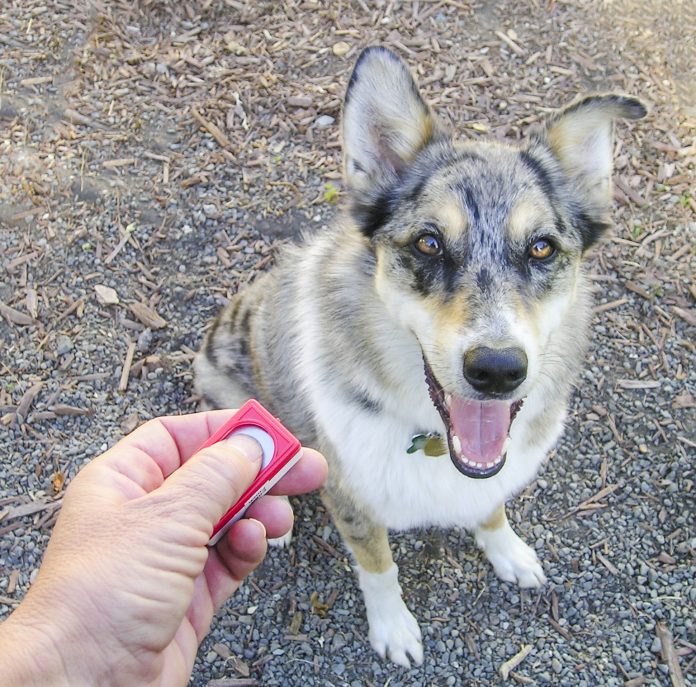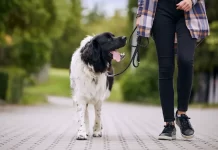There is a lot of responsibility that comes with adopting a new dog. When you bring new pets into your home, you become responsible for their health and wellbeing. It may take a few weeks for the new dog to settle into your home and become a true member of your family, but once everyone has adjusted to the change, it is time to start the challenging task of training your new pet. There are many training techniques to choose from it is important to find one that works for both you and the new member of your family. Here are four popular training techniques you may want to consider.
Table of Contents
Electronic Training
When you’re trying to teach your dog that certain behaviors are unacceptable, electronic training can help. While it only teaches dogs what they shouldn’t do instead of rewarding them for good behavior, it is a good tool for teaching them not to leave your yard or back incessantly. The training technique involves putting on a collar that delivers a small shock when the dog is not behaving. If you have an invisible fence, the collar administers a shock every time the dog steps over it until he or she learns to stay in the yard. An ultrasonic training device does the same thing when the dog barks a lot.
Positive Reinforcement Training
For this training technique, focus on rewarding good behavior and ignoring bad behavior. Every time your dog obeys a command, reward him or her with a lot of praise, pets or treats. For dogs that are food-motivated, treats usually work best while skittish dogs may benefit more from high praise when they behave. It is important to stay consistent so make sure everyone in the family is using the same reward system for the same commands. Use short commands that are easy to understand but be sure to offer the reward every time the dog performs the desired behavior so you can start seeing results.
Relationship-Based Training
Focus on developing a strong relationship with your new dog so he or she wants to please you. Limit distractions and reward your pet with lots of praise every time you see a desired behavior. This technique uses natural consequences to teach the dog the difference between good and bad behavior. For example, if the dog wants to eat, he has to sit patiently until you give the command. If the dog wants to go outside, he has to wait by the door instead of running around the house. Ignore bad behavior and only allow the desired action when the dog is behaving appropriately.
Alpha Dog Training
Dogs have a primal pack mentality and they view their new family as a pack. If you establish dominance early on, the dog will be submissive and follow your commands. With this training method, it is important to constantly remind the dog that you are in charge by eliminating habits that make you both equals. This means that you can’t allow the dog to climb on furniture or get on eye level with you. However, you still need to shower your pet with love and attention so this training technique forms a true companionship rather than simply encouraging obedience.
Training a dog can be a challenge but it is a rewarding one. Whether you choose to use any of these training techniques or decide to combine them all for a more customized approach, you can turn your new dog into an obedient, well-behaved companion you can take anywhere. Develop a training approach that benefits both you and your new pet and reap the rewards of having a well-trained dog.



















